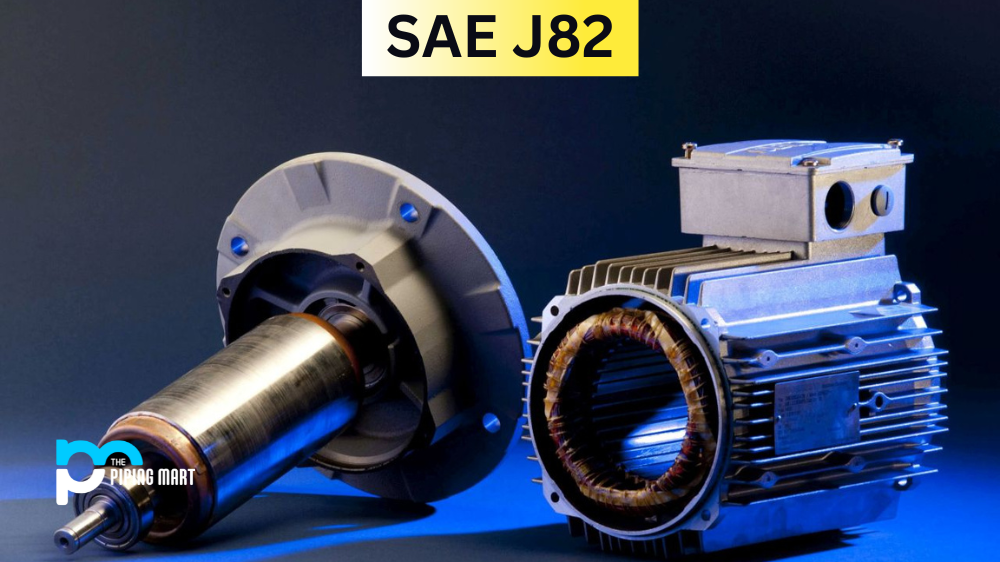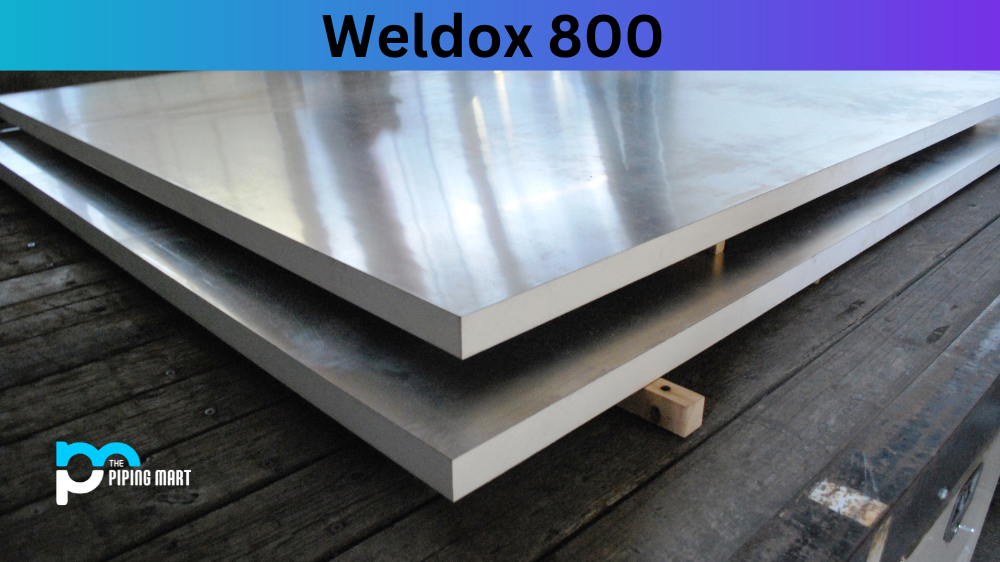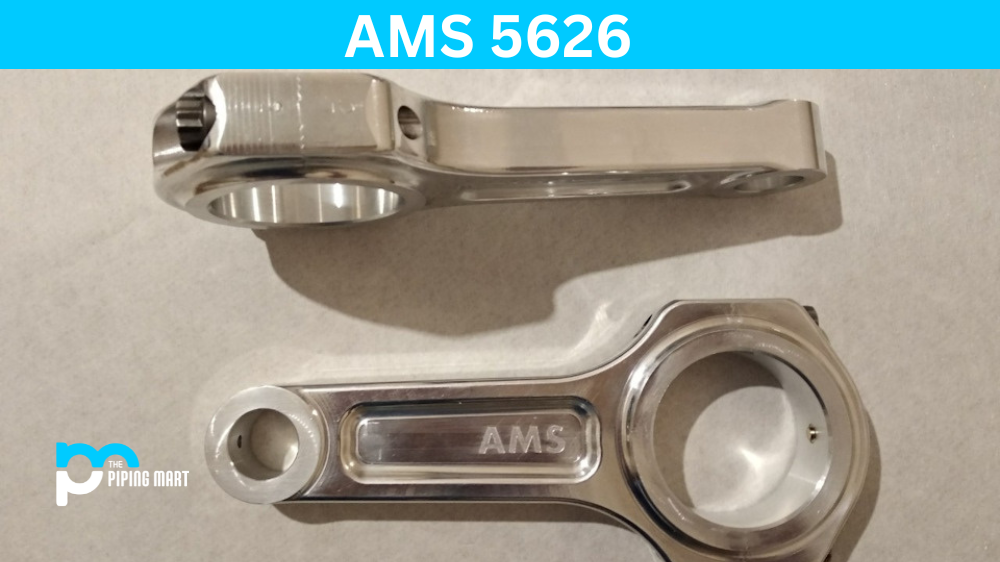In metalworking and manufacturing, SAE J82 is a significant alloy renowned for its exceptional properties and versatile uses. Known by its official name UNS G10800, this medium-carbon steel alloy is widely used in various applications that require high strength, durability, and wear resistance. Whether you are a manufacturer, an engineer, or a DIY enthusiast, understanding the properties, mechanical and physical, heat treatment, and machining of SAE J82 is crucial to ensure success in your projects.
SAE J82 Composition
SAE J82 is a carbon steel alloy that contains around 0.8% carbon, 0.15% to 0.35% silicon, 0.6% to 0.9% manganese, 0.03% max sulfur, and 0.04% max phosphorus. In trace amounts, the alloy also contains various elements, such as aluminium, chromium, and molybdenum. The composition of SAE J82 provides the alloy with excellent strength, toughness, and hardness.
SAE J82 Mechanical Properties
SAE J82 has unique mechanical properties, making it an ideal alloy for various applications. The alloy has a tensile strength of 725 MPa, yield strength of 620 MPa, and an elongation of 11%. Its exceptional strength and toughness make it an excellent choice for manufacturing gears, shafts, and other mechanical components.
SAE J82 Physical Properties
Aside from its mechanical properties, SAE J82 also boasts excellent physical properties, making it an ideal material for various applications. The alloy has a density of 7.85 g/cm³, a modulus of elasticity of 205 GPa, and a thermal conductivity of 44.5 W/m.K. Its physical properties make it an excellent choice for manufacturing tools, dies, and other industrial components.
SAE J82 Uses
SAE J82 is widely used in various applications that require high strength, toughness, and wear resistance. The alloy is commonly used in manufacturing gears, shafts, pinions, and other mechanical components. It is also an excellent choice for manufacturing tools, dies, and other industrial components. SAE J82 finds use in construction machinery, mining equipment, and heavy-duty vehicles.
SAE J82 Corrosion Resistance
SAE J82 has moderate resistance to corrosion due to the presence of carbon and silicon. However, the alloy is unsuitable for corrosive applications or contact with acidic or alkaline substances. SAE J82 can be coated with protective layers such as electroplating or painting to enhance corrosion resistance.
SAE J82 Heat Treatment
To improve its mechanical and physical properties, SAE J82 requires heat treatment. The alloy can be normalized, annealed, quenched, and tempered depending on the desired hardness and strength. Normalizing helps refine the alloy’s microstructure, while annealing relieves internal stresses and improves flexibility. Quenching and tempering enhance the hardness and toughness of the alloy.
SAE J82 Machining
SAE J82 is a difficult material to machine due to its high hardness and toughness. However, it can be machined using carbide and high-speed steel tools. When machining SAE J82, a significant factor is the cutting speed, feed rate, and coolant. Low cutting speeds, low feed rates, and adequate coolant are recommended to reduce the heat generated during machining.
Conclusion
SAE J82 is a versatile and reliable alloy with outstanding mechanical and physical properties that make it suitable for various manufacturing applications. Whether you are manufacturing machinery, tools, or components, understanding the properties, heat treatment, and machining techniques of SAE J82 is crucial to ensure optimal results. While the alloy requires a careful selection of cutting tools and adequate coolant during machining, its exceptional strength, hardness, and toughness make it a material of choice for many industrial applications.
Sakshee is a talented blogger, with a particular focus on the Business and Metal Industry. She is passionate about sharing her insights on various metal products and helping professionals to make a better decisions.




